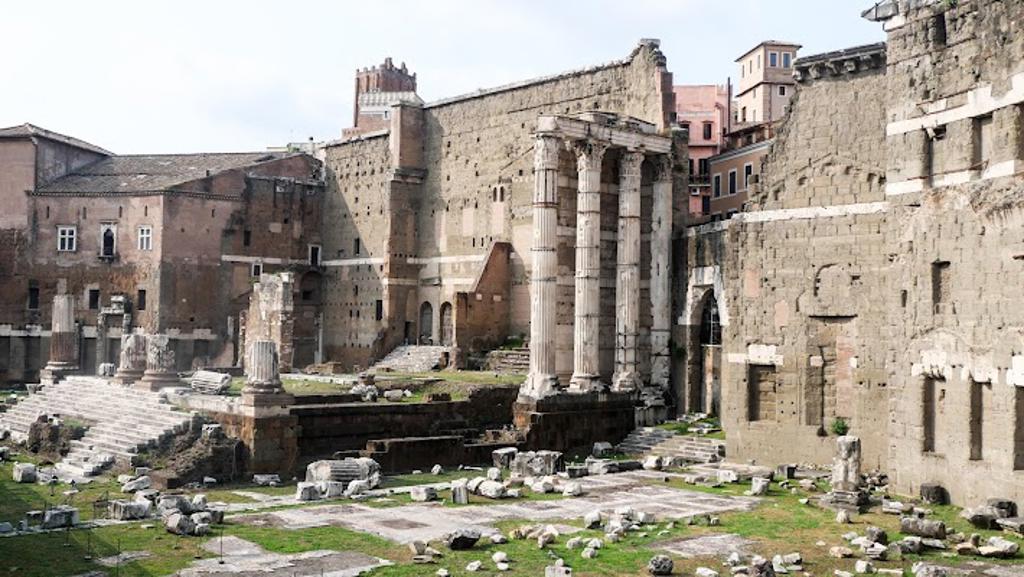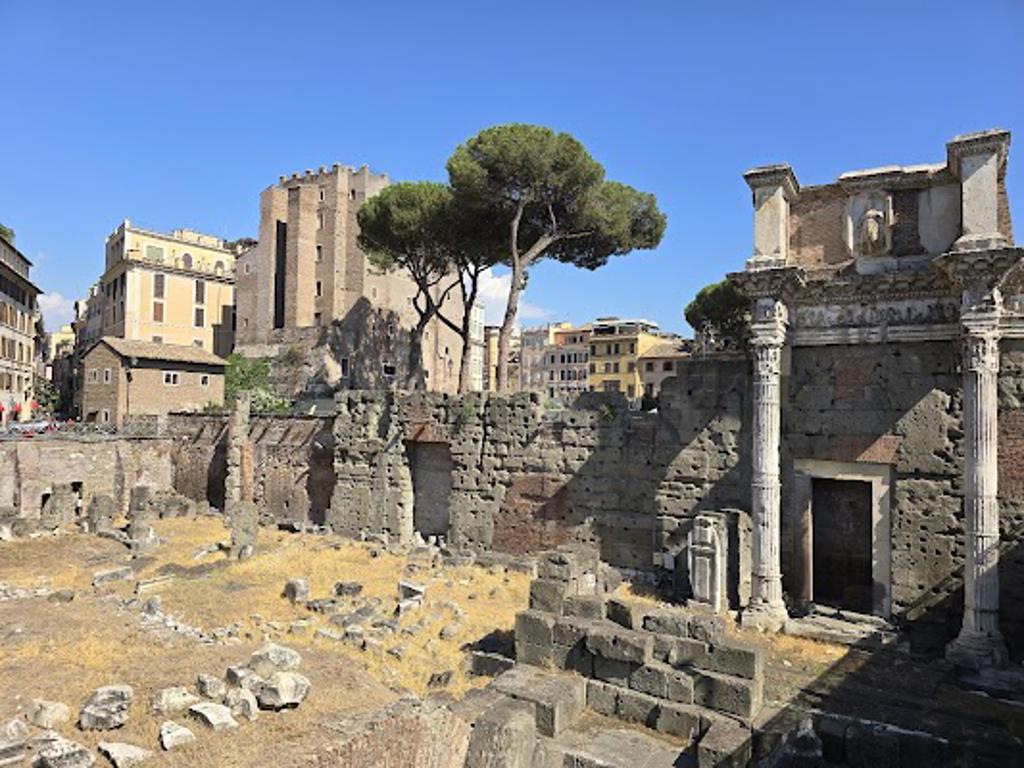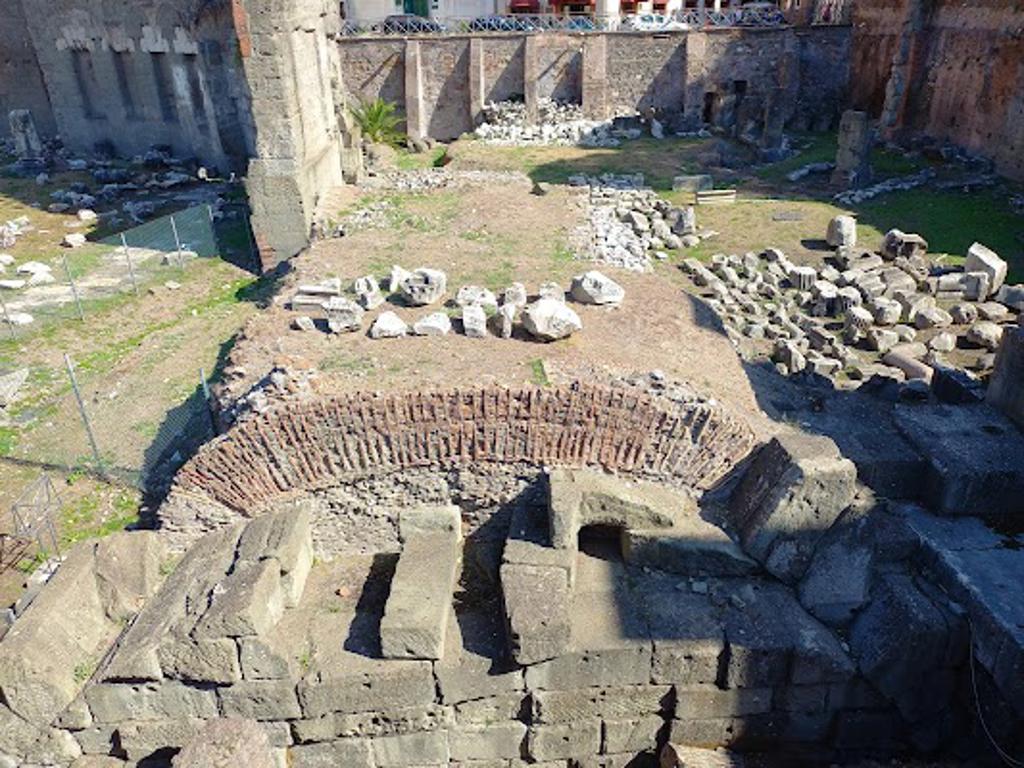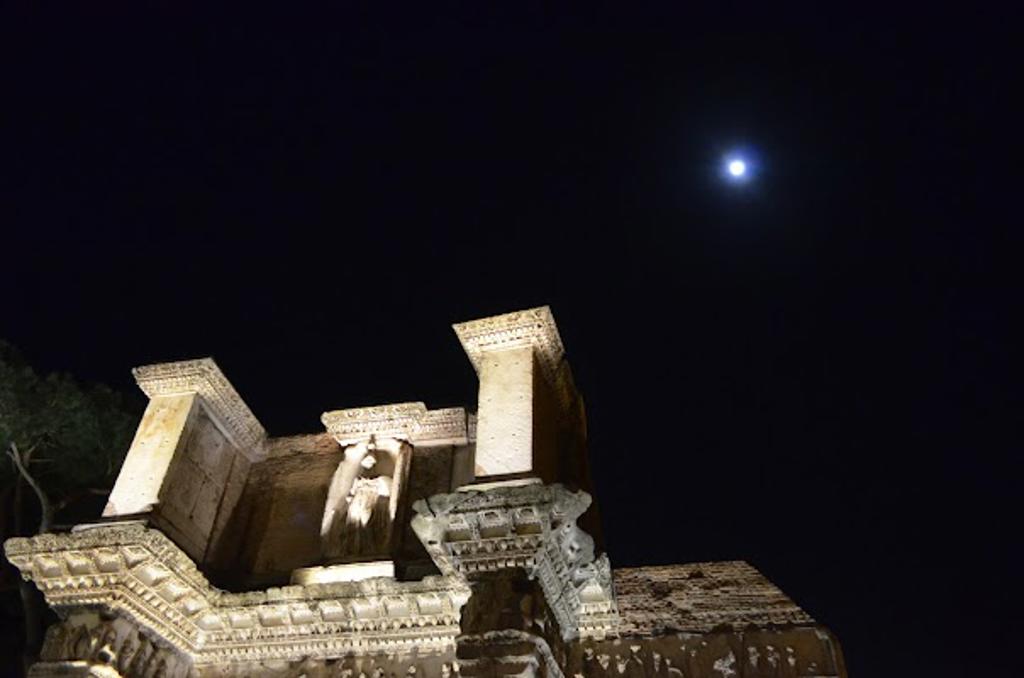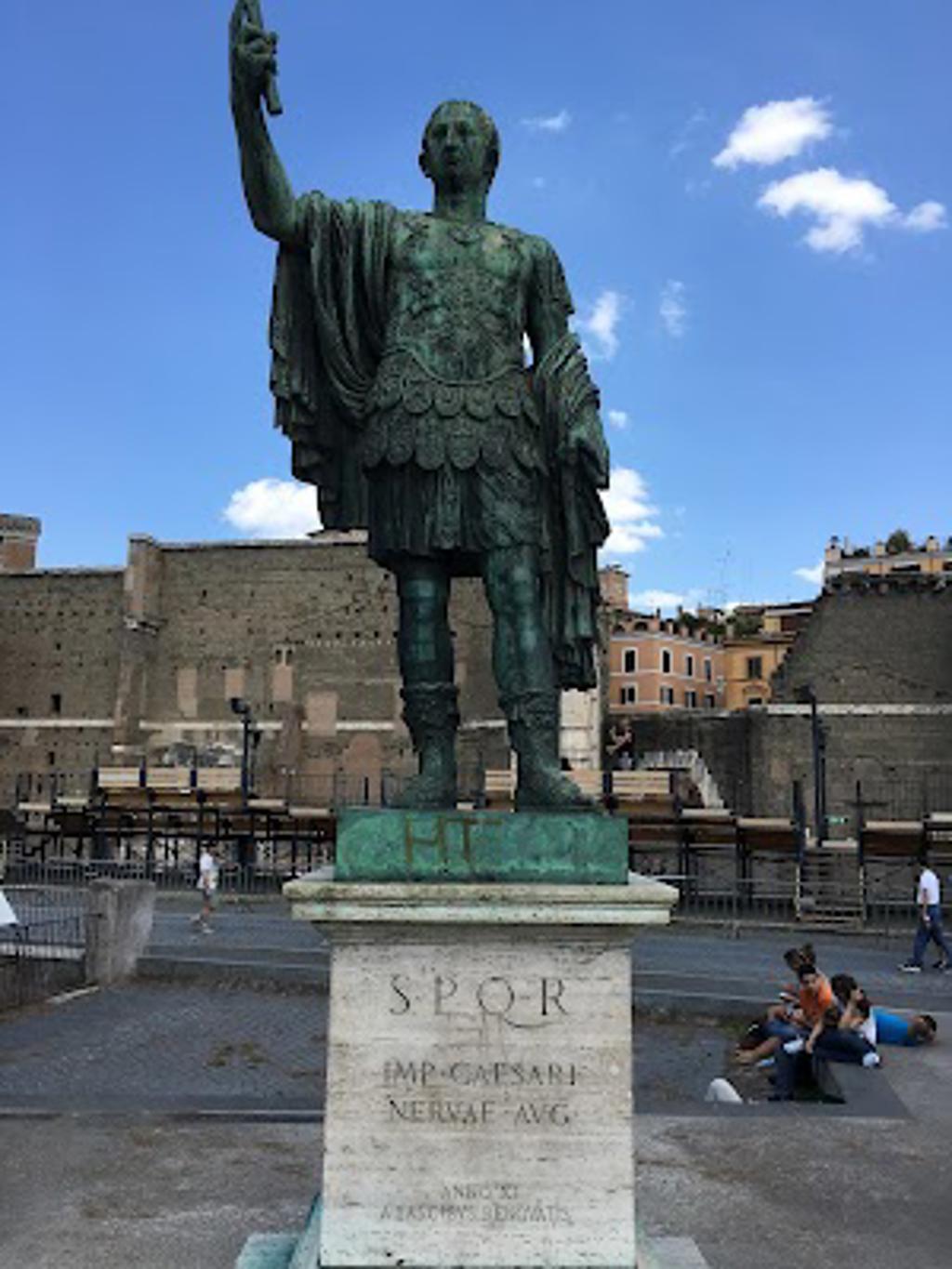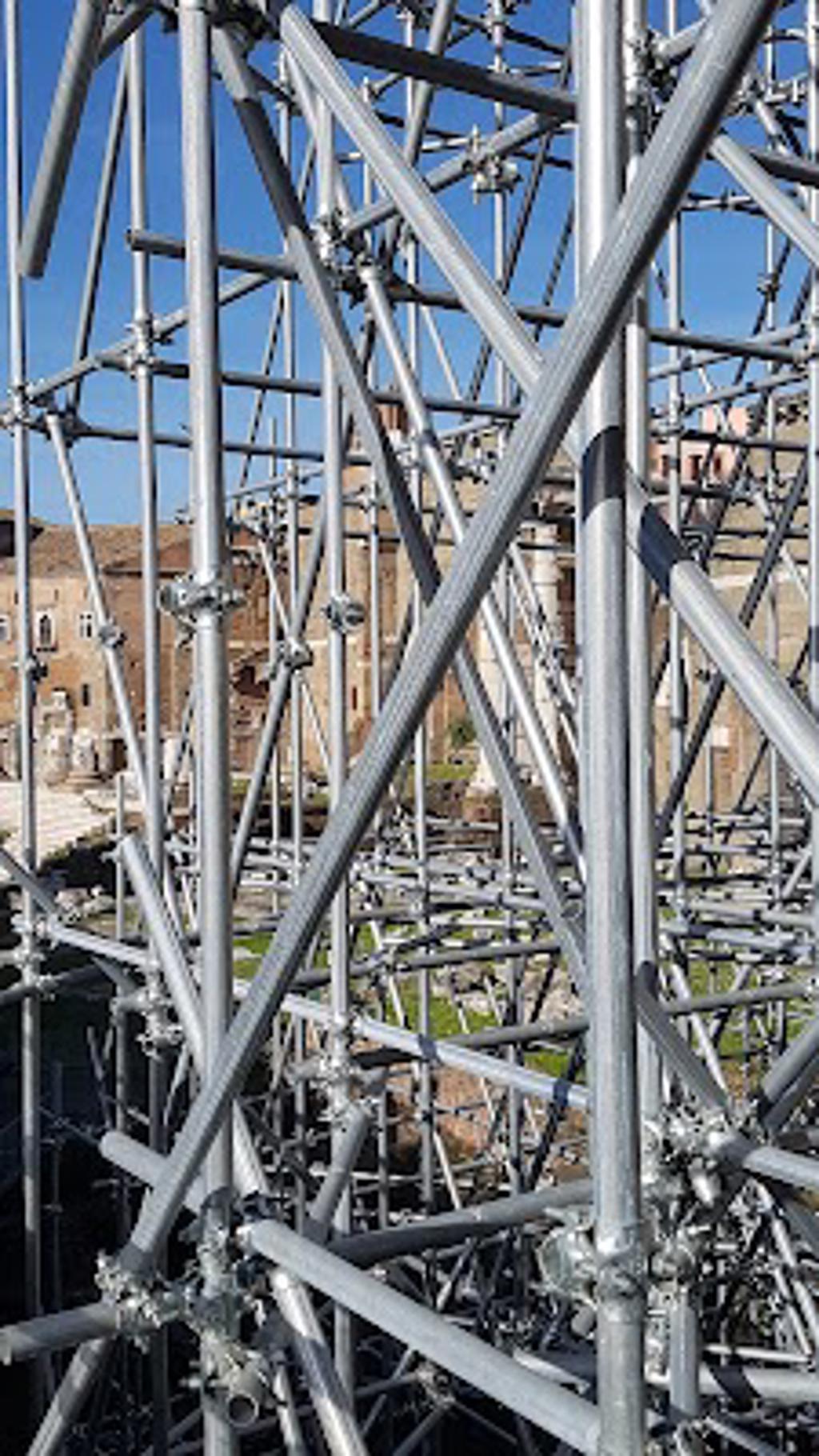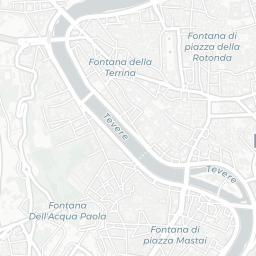About Nerva
The remnants of the Forum of Nerva, nestled between the Forum of Augustus and the Forum of Vespasian, offer a glimpse into the architectural grandeur of ancient Rome. Known as the "Transitional Forum," it was completed in 97 AD under Emperor Nerva, serving as a vital link between the older forums and the bustling heart of the city. The surviving structures, including the impressive Corinthian columns and the Temple of Minerva, speak to the forum's original splendor and its role as a center of commerce and administration.
Constructed during a time of political transition, the Forum of Nerva reflects the emperor's efforts to consolidate power and leave a lasting legacy. The forum's design, with its narrow, elongated shape, was dictated by the limited space available between existing structures. Despite these constraints, the architects managed to create a space that was both functional and aesthetically pleasing, showcasing the ingenuity and adaptability of Roman engineering.
Marks of Time: Architectural Features
The Forum of Nerva is characterized by its unique architectural elements, which include the striking colonnade that once lined its perimeter. These columns, with their intricate Corinthian capitals, are a testament to the skilled craftsmanship of Roman builders. The Temple of Minerva, though largely in ruins, still hints at its former grandeur, with fragments of its richly decorated frieze depicting mythological scenes. These features not only highlight the artistic achievements of the period but also serve as a reminder of the forum's significance in the daily life of ancient Rome.
Plan your perfect trip to Rome with Travo! Download now and start exploring.
Stories in Stone: Historical Context
The forum was originally commissioned by Emperor Domitian but was completed by his successor, Nerva, after Domitian's assassination. This transition of power is reflected in the forum's design, which incorporates elements from both emperors' reigns. The Temple of Minerva, for instance, was dedicated to the goddess of wisdom and warfare, symbolizing Nerva's desire to be seen as a wise and capable ruler. The forum's location, strategically positioned along the Via dei Fori Imperiali, underscores its importance as a hub of political and economic activity.
Details That Speak: Symbolic Elements
Among the forum's most intriguing features are the reliefs that once adorned the Temple of Minerva. These carvings, depicting scenes from Roman mythology, were not merely decorative but served to convey the emperor's divine right to rule. The presence of Minerva, a goddess associated with wisdom and strategic warfare, further emphasized Nerva's role as a protector and guide for the Roman people. Such symbolic elements were crucial in reinforcing the emperor's authority and legitimacy during a period of political uncertainty.
Living History: Modern Connections
Today, the Forum of Nerva stands as a poignant reminder of Rome's imperial past, drawing visitors from around the world who come to marvel at its ancient ruins. The site is part of the larger archaeological complex of the Imperial Fora, which continues to be a focus of study and preservation efforts. As modern Rome continues to evolve, the forum remains a vital link to the city's rich history, offering insights into the lives and aspirations of those who once walked its marble pavements.
Present-Day Significance
The Forum of Nerva, though partially obscured by the passage of time, continues to captivate the imagination of those who visit. Its ruins, set against the backdrop of Rome's vibrant urban landscape, serve as a testament to the enduring legacy of the Roman Empire. For historians, archaeologists, and tourists alike, the forum offers a unique opportunity to explore the complexities of Roman architecture, politics, and culture, providing a window into a world that has shaped much of Western civilization.

